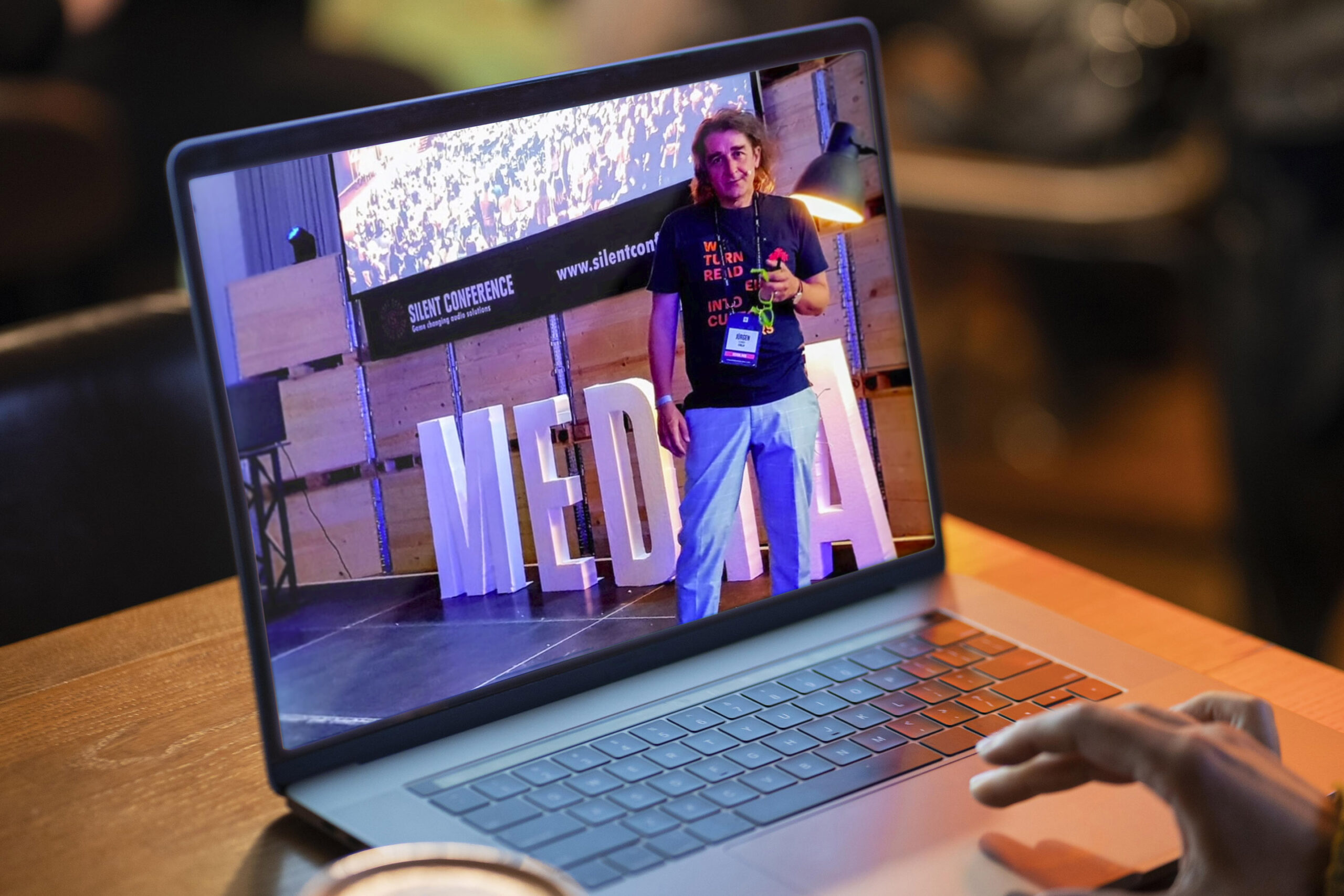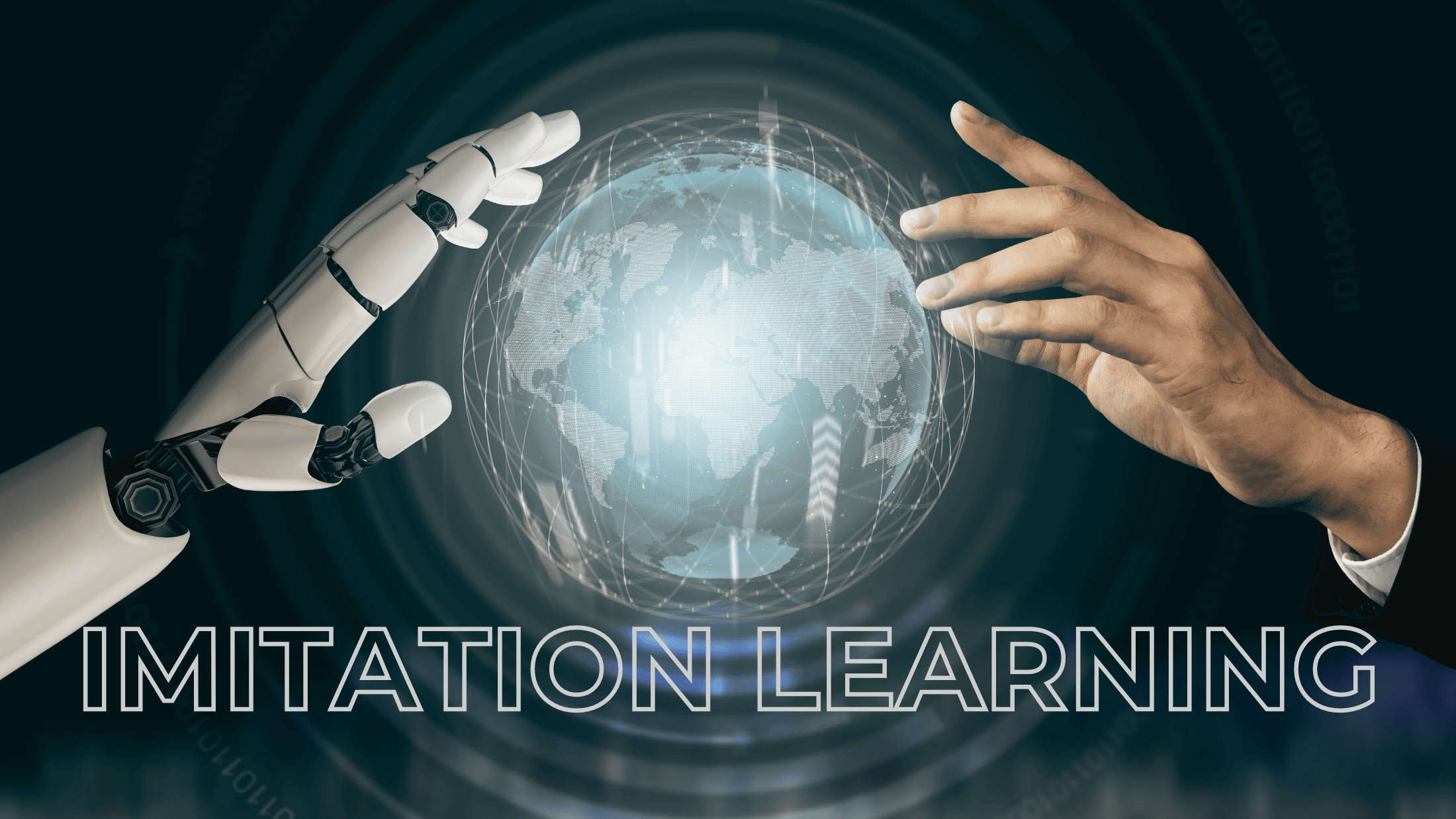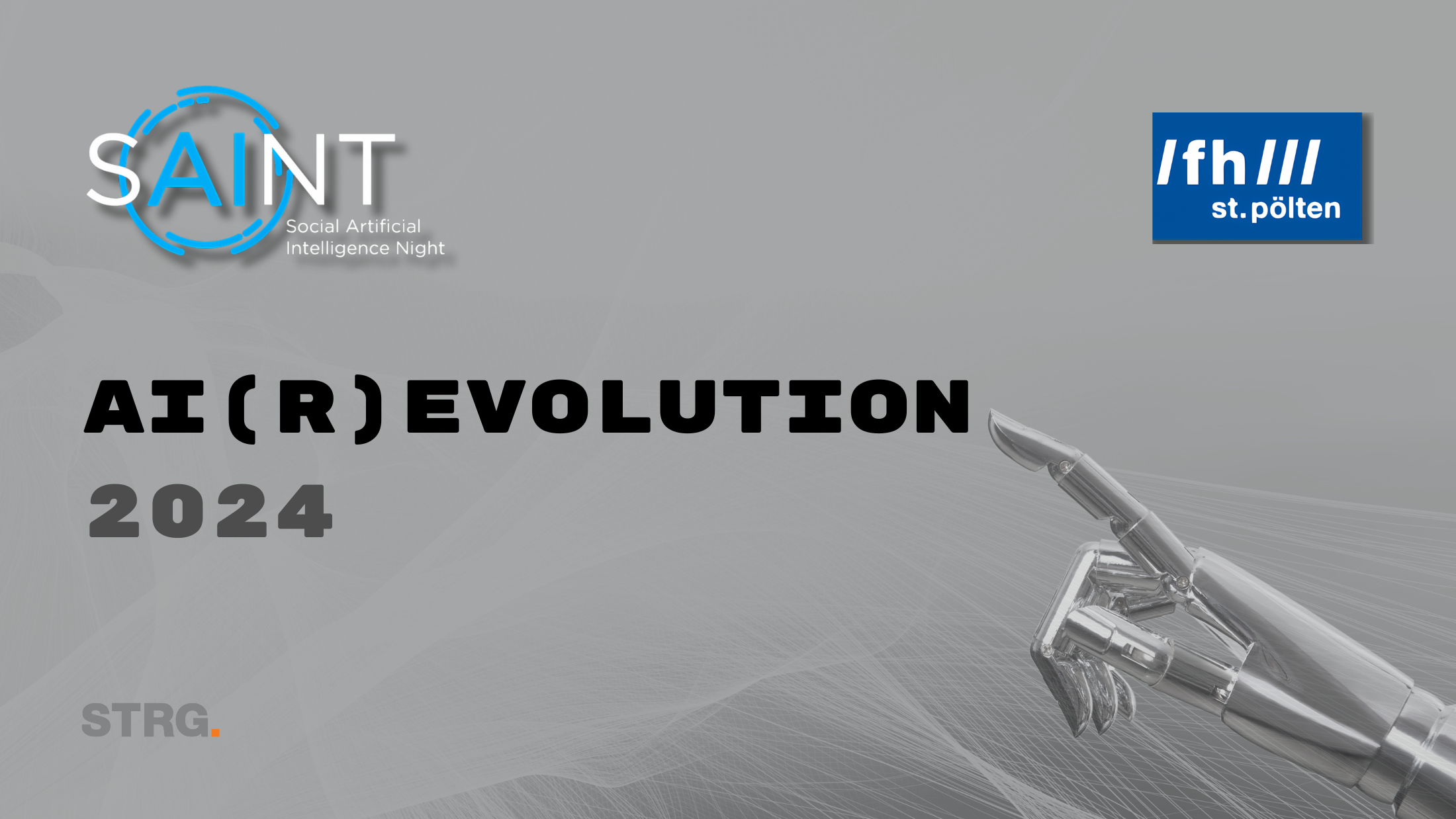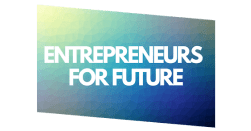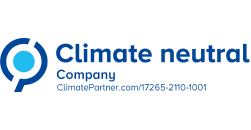How do you see the company/industry changing in two years, and how do you see yourself creating that change?
I want to start with an example. Twelve years ago, we designed a semantic content framework in a research project, which is still in use today in many large daily newspapers. At that time, the term Semantic Web still had to be explained, but today these technologies are used across the board. As a technology freak myself, such developments naturally inspire me. At that time, technology arrived deep within our industry, and now, 12 years later, we find ourselves in a similar situation. We are working on and researching the use of Artificial Intelligence (AI) in online projects. With our work on STRG.BeHave, we have already achieved impressive results. However, the terms AI, neural networks, and machine learning is what we will look at today. Hardly anybody has a clear understanding of these technological advances yet, and that is something the industry is struggling with
Technology is Key
Just like in the past, a company like ours takes technology very seriously. Ultimately, we see it is the engine that drives innovation. For years, neural networks were reserved for very few people, but since 2016, thanks to TensorFlow (and others) open-source frameworks have been widely available to be used freely. This has enabled a boom in this area which raises the question, ‘how to use these possibilities to help improve monetisation’. It’s a great thing if we have image recognition, can automate, among other things, publishing processes. The essential question, however, is another one. How do we manage monetisation and improve it in the process so that media companies and other publishers can benefit from technology and benefit economically? I am convinced that we have made significant progress here with our research, supported by FFG under the title STRG.BeHave, and that we can provide a beneficial service for our customers.
Naturally, this also changes a lot in our team structure. We stopped working with pure design agencies in the digital field years ago because user experience cannot be separated from the technology used. Hence why today, we have mathematicians and data scientists in our teams to make use of the possibilities provided by the existing technology.
Innovation will become even faster in the next few years, and I hope that we as a company can always be at the forefront of this in the future.
Innovation will become even faster in the next few years, and I hope that we as a company can always be at the forefront of this in the future.
What have been the biggest challenges you’ve had to overcome?
I am a technologist myself and have been an entrepreneur in the field of digital media and digital publishing for almost 20 years. To make a company in this industry fit for the future, it needs an entirely new corporate structure. We have been working on it for two years now and we have improved a lot. Agile software development is a great thing because it transfers responsibility.
I wanted to make my company into an agile service organization where everyone is involved in these processes and can work responsibly and separated from them.
For trained managers, it is not easy to give an organization and the team this freedom without becoming incredibly nervous. I have found myself again and again in micromanagement. Sometimes with good reasons and out of necessity, but in other cases, I struggled to let go of certain things. At the same time, I had to watch how entire company divisions are being managed without responsibility, because of course, you have to learn to do that first. In the beginning, this led to a massive reduction in our productivity. Nevertheless, everyone was quite happy with it, but we would not have survived for long. In the end, agility means being able to continually improve processes in an agile way and not stubbornly persist on workflows. This agility in thinking and continuous improvement was a great challenge. In the end, it seems to be something unplanned if you continuously change procedures to adapt them to the real needs of the organization.
In our company, it took about two years to make these changes. I have exchanged and shared much information internationally. Unfortunately, I have found very few examples in Austria itself. Although many things fall under the keyword of “Agile”, it almost always only concerns software development and not the organization.
At the same time, we also had to change the way we deal with our customers and draw up new contracts. We, like most other agencies, have always done things quickly for our customers on their call. Very often, this is simply a terrible way of proceeding. It cannot be planned on our side, but honestly, it cannot be planned on the client’s side either.
Today we are very proud that our customers appreciate our way of working and the very high-quality results they receive from us and they know what to expect from us.
How has STRG. handled the unique working conditions during the lockdown? How did you adapt as a company to continue to serve your customers’ needs?
In the last two years, STRG.at has transformed itself into an agile service organisation as mentioned previously. This step was incredibly valuable in this situation. We immediately recognised many changes. By coincidence (there was a suspected corona infection in the office in the first week of March, which to our relief turned out not to be a COVID-19 infection in the end) we switched to home office on March 5, 2020. Due to our agile setting in the company we had already set up the structures we needed. We are constantly working intensively via remote connections with our partners in Slovakia and thus already had the necessary experience. The changeover went perfectly and had surprisingly little impact on the production company.
In the end, productivity has increased because you can work in a concentrated way and the scheduling is up to you.
Due to the daily short coordination meetings with all our teams (dailies), colleagues stay connected and remain in contact with the company. I think without these structures it is challenging (except of course in very small companies). In an organisation with almost 30 people, this is already a different number. Because of the early move to the home office we also had the opportunity to make some improvements to the toolset, VPN connections and so on, before we completely closed the office on the 15th March.
For our customers, it was also a very short phase in which they considered postponing things and waiting for an “after”. It was clear to us that this lockdown would last at least two months and that even after that we would reimplement an office routine, carefully. Therefore, we also influenced our customers and passed on our knowledge about remote work to them. Already in the second week, I held a workshop with a large member organisation in Austria via Google Hangouts, with almost 20 participants
I am convinced that we will be able to take many of the learnings with us on an “after”. We will divide our future life into a before and after COVID-19 era and we will be able to see the changes in our behaviour. What’s impressive is that in just one day, I held sales presentations with well-known partners in three different European locations Paris, London and Berlin. One year ago, I would have been on the road for three days for these meetings. For me, the new normality to hold these appointments virtually is one of the most significant gains that come out of this crisis.
Financially, this is, of course, the biggest challenge we all could have imagined. But I am an incorrigible optimist and convinced that we have to learn from this crisis to organise ourselves better in the future.
As a company, we are part of the Entrepreneurs for Future movement. It is my conviction that this lockdown must be seen as a positive influence on our climate policy. After COVID-19 we must try not to fall back into the madness from which we came from. We are talking about business models that are not working and outdated models that we have to say goodbye to. The economy and its requirements have always changed over time. This time it would be time to use these changes for better cooperation and a re-evaluation of our basic economic activities.
A new normality has the task to restore civil liberties and to develop a climate-friendly infrastructure further.
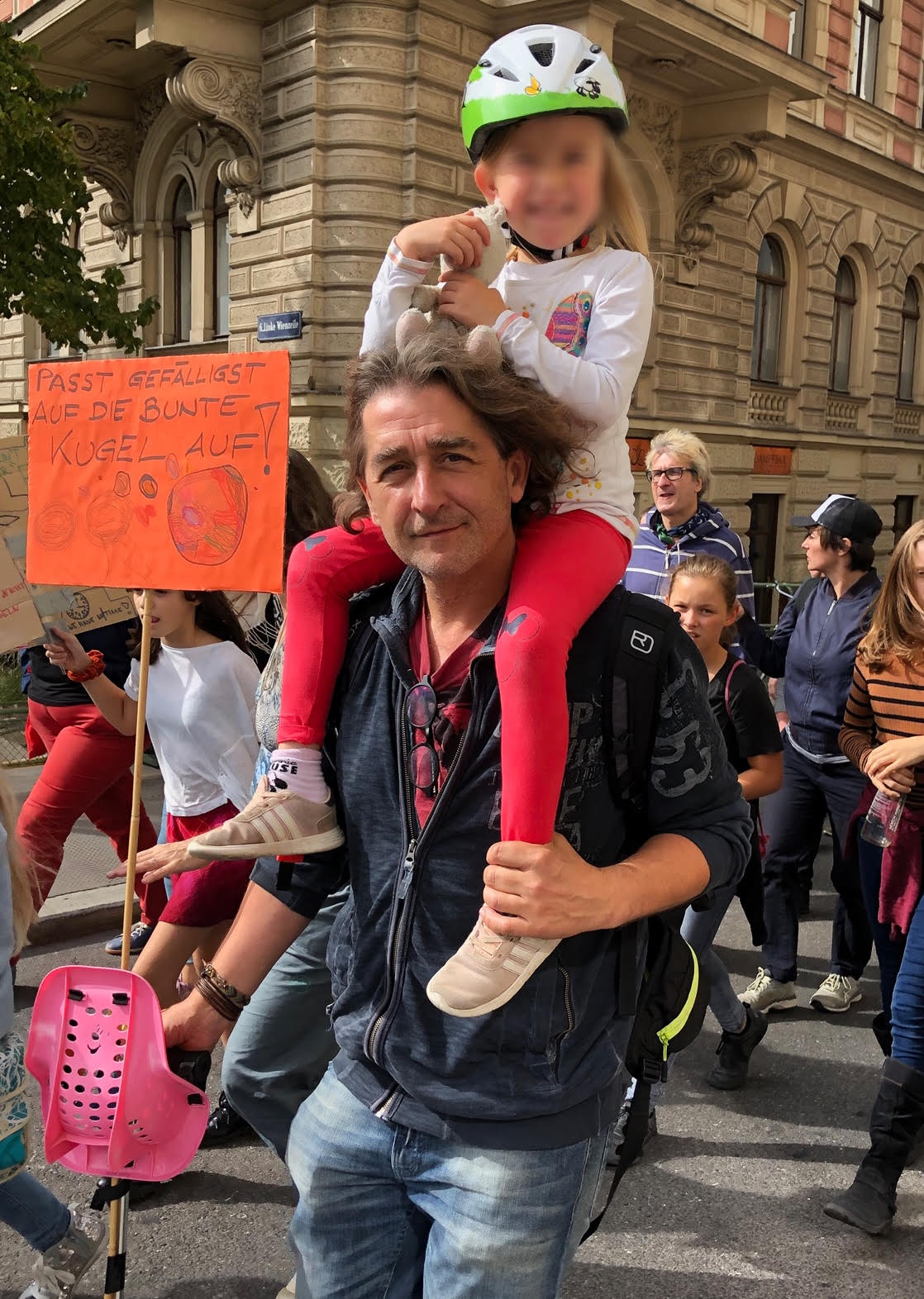
Motorways and airlines are no longer a part of this. These are dated concepts from the last millennium. It is primarily about the possibility of digitalisation and its positive effects on climate issues. Real performance in Internet connections, toolsets that allow decentralised work and still enable international cooperation and the willingness to rethink working methods in the minds of the people involved.
Part two of the conversation with Jürgen to follow soon
- Call STRG's CEO Jürgen, or write a mail juergen.schmidt@strg.at Mobile: +43 699 1 7777 165
